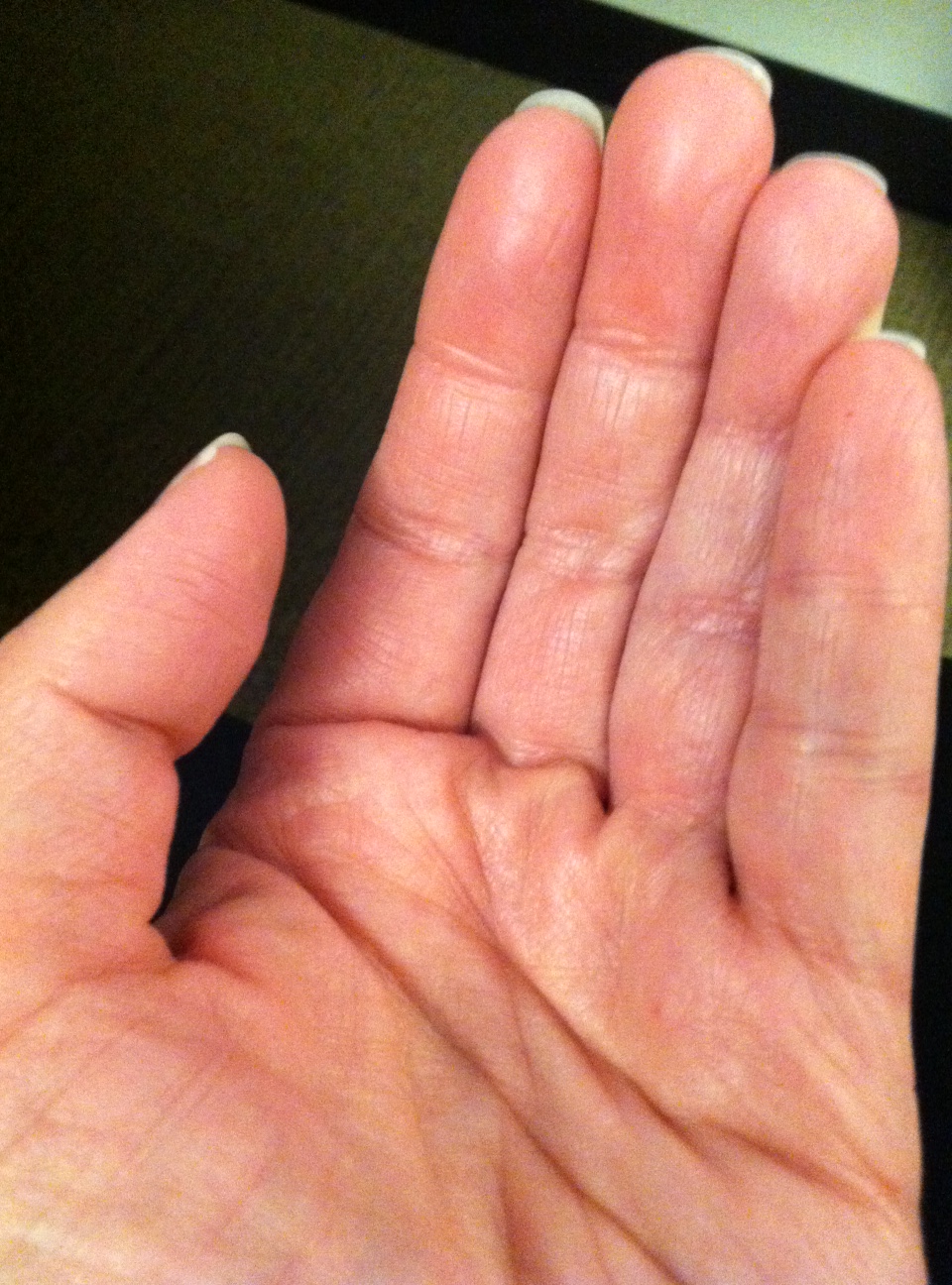 Several years ago I was traveling on business from Los Angeles to Tucson. I had a flight to catch from LA and was getting ready to leave my company’s office in the afternoon, drive to LAX, return the rental car, and fly out. One of the managers on my team was encouraging me to leave so I could make it there on time and get ahead of the afternoon rush hour traffic. I told her I was getting ready and would leave soon. She looked at me incredulously and said, “You’re not worried, are you?” To which I replied, “Worry, don’t worry. The outcome is the same.”
Several years ago I was traveling on business from Los Angeles to Tucson. I had a flight to catch from LA and was getting ready to leave my company’s office in the afternoon, drive to LAX, return the rental car, and fly out. One of the managers on my team was encouraging me to leave so I could make it there on time and get ahead of the afternoon rush hour traffic. I told her I was getting ready and would leave soon. She looked at me incredulously and said, “You’re not worried, are you?” To which I replied, “Worry, don’t worry. The outcome is the same.”
I don’t think I invented that phrase and I know for sure that I don’t always embody that point of view. However, when I can be there – that place of not worrying; of allowing things to enfold – then I feel calm and free to experience things as they are without being consumed by anxious thoughts.
When I worry, that’s all that is going on. I become consumed by it. When I worry, I’m less thoughtful, more rigid, less creative, and more likely to slip into anger and even rage.
In the travel situation, leaving the office early enough might eliminate the worry but it would not necessarily help me make the flight on time. Who knows how much traffic I would encounter? Who knows if my car would breakdown? Who knows if the rental car shuttle would leave promptly? All these things, and more, are out of my control. I did leave at a reasonable time to catch my flight, but with fewer cushions for traffic delays, etc.
By pushing away the worry, I drove more safely, spoke more clearly, and addressed people more directly and kindly. Indeed, I did make my flight, returned the rental car, and didn’t set any speed records on the highways. But, most importantly for me, my state of mind, and for how I want to live my life, I didn’t worry.
I didn’t allow my mind to go through a litany of “Oh my God, I’m never going to make it on time. Why is that person driving so slowly? Oh no another red light! I’m not going to make it. Will I be able to get on another flight? Why did that meeting run so long? I’m terrible at managing my time. Everyone expects too much of me. It’s not fair. Oh my God, a traffic jam! I’m never going to make it!” And on and on my mind would go. I know this because my mind has done this many times. I’ve worried so much that it has tied my stomach in knots and paralyzed my actions.
When I release worry and move to a place of acceptance, I have freedom to experience my world as it is and enjoy what is being presented to me. In order to release worry, I use breath awareness, Reiki, meditation, and exercise to deeply experience my body and mind in a calm state. Then, when stressful situations arise, I can call up that state of calmness, release worry, and choose how I will act and think in this moment – all the while enjoying what is happening right now.
Wishing for you the calm of not worrying because worry or don’t worry, the outcome is the same.

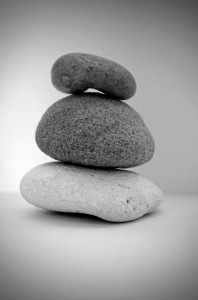 As promised a few weeks ago, I am sharing some more
As promised a few weeks ago, I am sharing some more 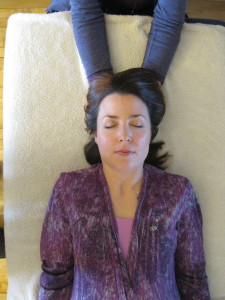 People come to Reiki sessions for a variety of reasons. Some people come with a strong belief in the practice and no doubt in their minds. However, others arrive wondering why they’re there and how effective Reiki will be for their particular ailment. For those who are doubting the practice, I say to them that people find Reiki very relaxing. When the body is relaxed it heals faster. When the mind is relaxed, it thinks more clearly and creatively. When the spirit is relaxed, it makes stronger connections to others.
People come to Reiki sessions for a variety of reasons. Some people come with a strong belief in the practice and no doubt in their minds. However, others arrive wondering why they’re there and how effective Reiki will be for their particular ailment. For those who are doubting the practice, I say to them that people find Reiki very relaxing. When the body is relaxed it heals faster. When the mind is relaxed, it thinks more clearly and creatively. When the spirit is relaxed, it makes stronger connections to others.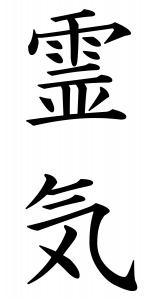 and <that condition>,” so I thought it would be useful to get clear on what Reiki is “for” and what it is “not for.”
and <that condition>,” so I thought it would be useful to get clear on what Reiki is “for” and what it is “not for.”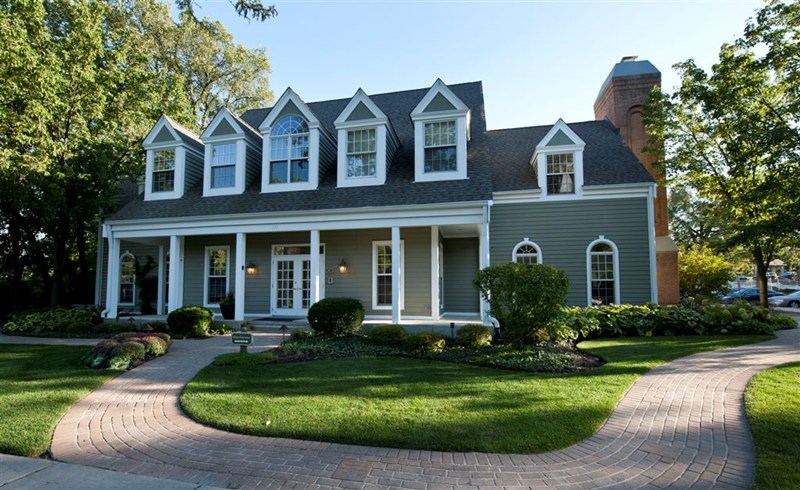 for the past three years. The Wellness House is a welcoming center for people living with cancer. It provides many programs to support cancer patients, survivors, and their families, through support groups, workshops, and a variety of classes in exercise, nutrition, meditation, and other wellness topics. I offer Reiki Sessions as part of the Wellness Tune-Up Program. It is such an uplifting experience to see a client, who entered the room full of anxiety and distress, leave with a feeling of calm and lightness.
for the past three years. The Wellness House is a welcoming center for people living with cancer. It provides many programs to support cancer patients, survivors, and their families, through support groups, workshops, and a variety of classes in exercise, nutrition, meditation, and other wellness topics. I offer Reiki Sessions as part of the Wellness Tune-Up Program. It is such an uplifting experience to see a client, who entered the room full of anxiety and distress, leave with a feeling of calm and lightness.